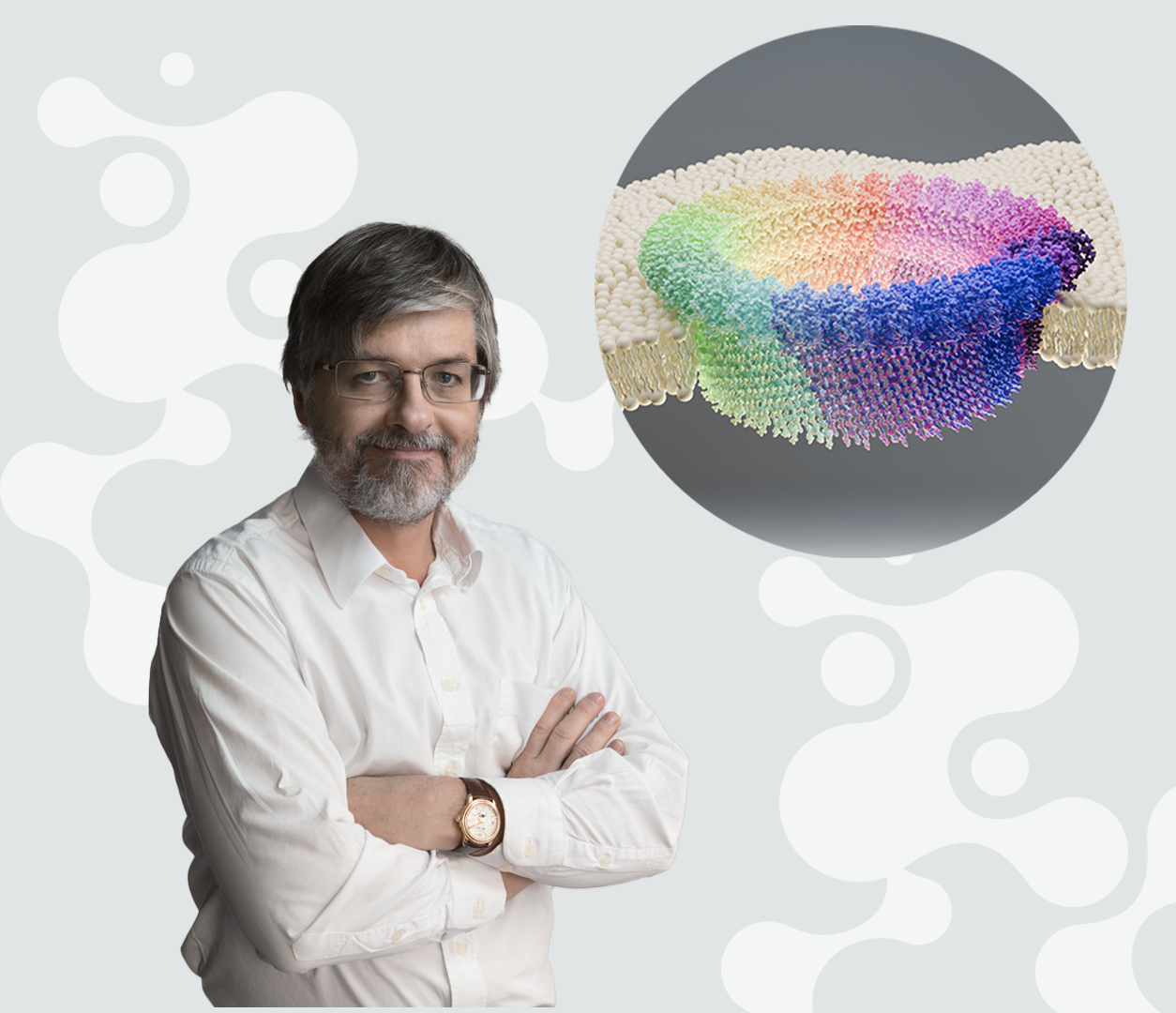Posted 31 March 2025

SVI scientists have discovered a major superfamily of bacterial proteins that create enormous holes in cell membranes. This revelation sheds light on how bacteria use these pore-forming proteins as weapons of mass destruction to eliminate rival cells—mechanisms that are also seen in animals, plants, and fungi.
These toxins appear to be antibacterial weapons, helping bacteria compete and maintain a healthy balance in the gut microbiome says Professor Michael Parker, Head of Structural Biology at SVI.
“This discovery could have significant implications for understanding how bacterial communities interact and how we might harness these toxins for medical applications.”
“Scientists envision using these toxins as precision nano-weapons to target and destroy diseased cells, such as cancer cells, or engineering them into miniature biosensors to detect chemical imbalances in the body,” said Professor Parker, senior author on the paper published today in Science Advances (science.org).
The study was done in collaboration with scientists at the Bio21 Institute, The University of Melbourne and The University of Oklahoma, USA. The first author, Dr Bronte Johnstone, did the work as part of her PhD studies in the Department of Biochemistry and Pharmacology at the University of Melbourne.
The research team captured three-dimensional atomic snapshots of one such toxin in action, from its production in bacteria to its final form punching through a bacterial cell membrane.
The findings were unexpected: these bacterial toxins bear a striking resemblance to two critical families of human immunity proteins—the complement system and gasdermins. This suggests that bacteria have evolved to use similar strategies as the human immune system to efficiently destroy target cells.
The superfamily of pore-forming proteins is not limited to gut bacteria. Variants have been found in bacteria that inhabit the human mouth, as well as species that attack fish and nematodes. Researchers now aim to explore these lesser-known members of the superfamily, paving the way for the development of new anti-infective treatments.
This discovery marks an exciting step toward harnessing nature’s own molecular arsenal for future biomedical advancements.
Find out more about our Structural Biology Lab